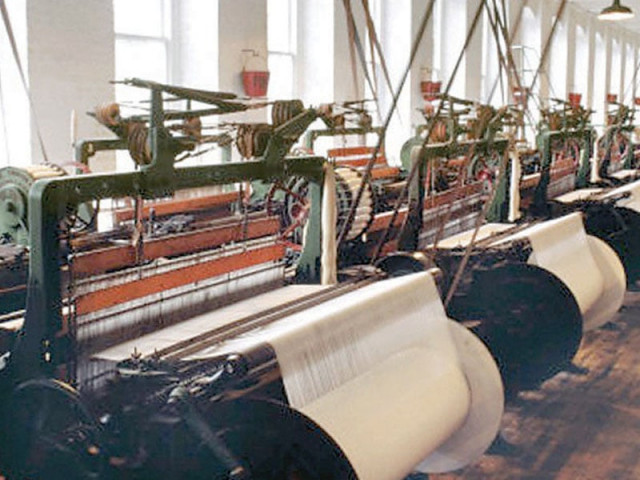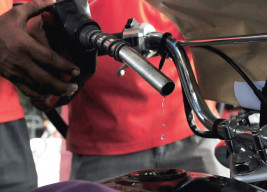
Even as Pakistan’s textile lobby continues to demand more privileges from the government, the Chinese textile sector is responding to rising labour costs by investing heavily in value addition, importing lower value inputs like yarn and grey cloth from Pakistan to use as raw material for finished garments that they then export around the world.
Pakistan exported more than $1.3 billion of yarn and grey cloth to China in calendar year 2011, slightly more than 25% of China’s total imports from the rest of the world. Over the past decade, the dollar value of Pakistan’s exports of yarn and grey cloth to China have increased at an average annual rate of over 11% per year.
Industry experts, however, believe that as more and more Chinese spinning and weaving companies go out of business, Pakistani exporters will be able to expand their sales to Chinese garment manufacturers and may even export up to $6 billion worth of yarn and grey cloth to China, if the industry installs enough additional capacity.
Several Pakistani spinning (yarn manufacturers) and weaving (grey cloth manufacturers) companies are already beginning to make investments in expansion. Crescent Textile has already placed orders to install 500 additional looms, which would triple the company’s capacity to produce grey cloth from its current 240 looms. Naveed Gulzar, a director at Crescent, says the company exports three million metres of grey cloth to China every month.
Yet Crescent seems to be an exception in an industry that seems more eager to find excuses not to invest and innovate its way to competitiveness.
“It is a real question that the Pakistani textile industry should ask itself: why is China importing so much yarn and grey cloth and not any finished goods from us,” asked Gulzar.
He went on to explain that at least part of the skittishness on the part of the textile sector comes from the fact that they face significantly higher power costs owing to constant power outages, compared to their competitors in India and China. Even Crescent, which is moving ahead with its expansion, has those concerns. But this explanation is only part of the answer.
Chinese firms are facing significantly higher labour costs, where an average textile worker can make up to $500 a month in coastal cities. That number is expected to rise by 60% over the next five years, making labour too expensive even in inland Chinese cities, where labour costs are often half that of the coastline. Yet the Chinese industry is responding to this challenge by investing in more value-added goods. The thinking goes: if labour is more expensive, then they should be engaged in making goods that can fetch a higher price.
By contrast, the Pakistani textile industry responds to challenges by complaining to the government and demanding more protection of an already highly protected industry. For instance, value-added garment manufacturers have responded to rising yarn and grey cloth prices not by investing in more productivity-enhancing technology, but by demanding that the government ban exports of yarn and grey cloth.
Nonetheless, the Chinese push into value-addition has opened up collaborative opportunities for some companies in the textile sector. Chinese companies are reportedly seeking joint ventures with Pakistani spinning and weaving firms, though there appear to be no agreements close to finalisation yet. Even the Chinese, it seems, are concerned about the lack of reliable electricity supply in Pakistan and are reluctant to sign a deal.
Industrialists in Faisalabad have proposed that the government should solve the problem at least in part by setting up more industrial parks that offer uninterrupted power supply to manufacturing units. Some industry experts estimate that as many as 100,000 new looms would be installed by the country’s weaving sector if the government was able to assure manufacturers of a more reliable power supply.
Published in The Express Tribune, September 27th, 2012.


















COMMENTS
Comments are moderated and generally will be posted if they are on-topic and not abusive.
For more information, please see our Comments FAQ